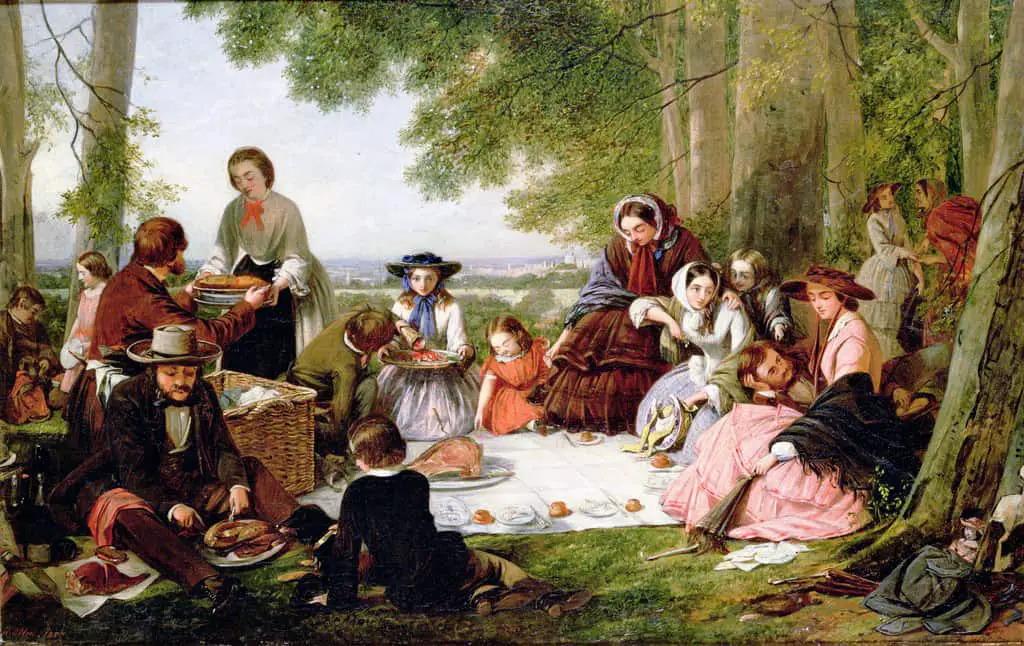They drove a couple of miles down a rough country road—having turned off the highway and then off a decent unpaved country road—and found a place for cars to park, with no cars in it at present. A sign was painted on a board and needed retouching: “caution. deep-holes.”
Alice Munro, “Deep Holes“
Kenopsia: The eerie, forlorn atmosphere of a place that is usually bustling with people but is now abandoned and quiet.
The spot he found was in a little town called Fortune. There was a park on the outskirts, beside a river, and a gravelled space for cars. He settled the seat back, and at once fell asleep. Evening had come on as it did now, around suppertime, proving that this wasn’t a summer day after all. A short while ago, people had been having a Thanksgiving picnic here—there was still some smoke rising from the outdoor fireplace, and the smell of hamburgers in the air. The smell did not make Grace hungry, exactly—it made her remember being hungry, in other circumstances.
Alice Munro, “Passion“
Later that afternoon I find myself in the park. Almost everyone knows about the very fine little park at 16th and Ossington—a gem of a park with a wide gravel path and a sprightly round-headed magnolia and smooth painted benches by the side of a bowling green. A cool, quiet place to sit and read, but today it is filled with people.
Carol Shields, “Purple Blooms”
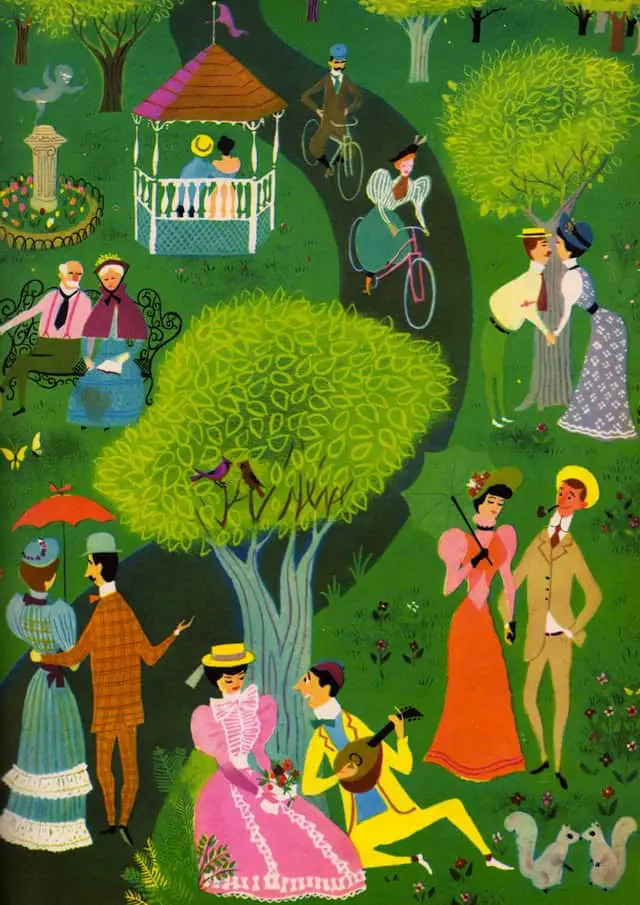
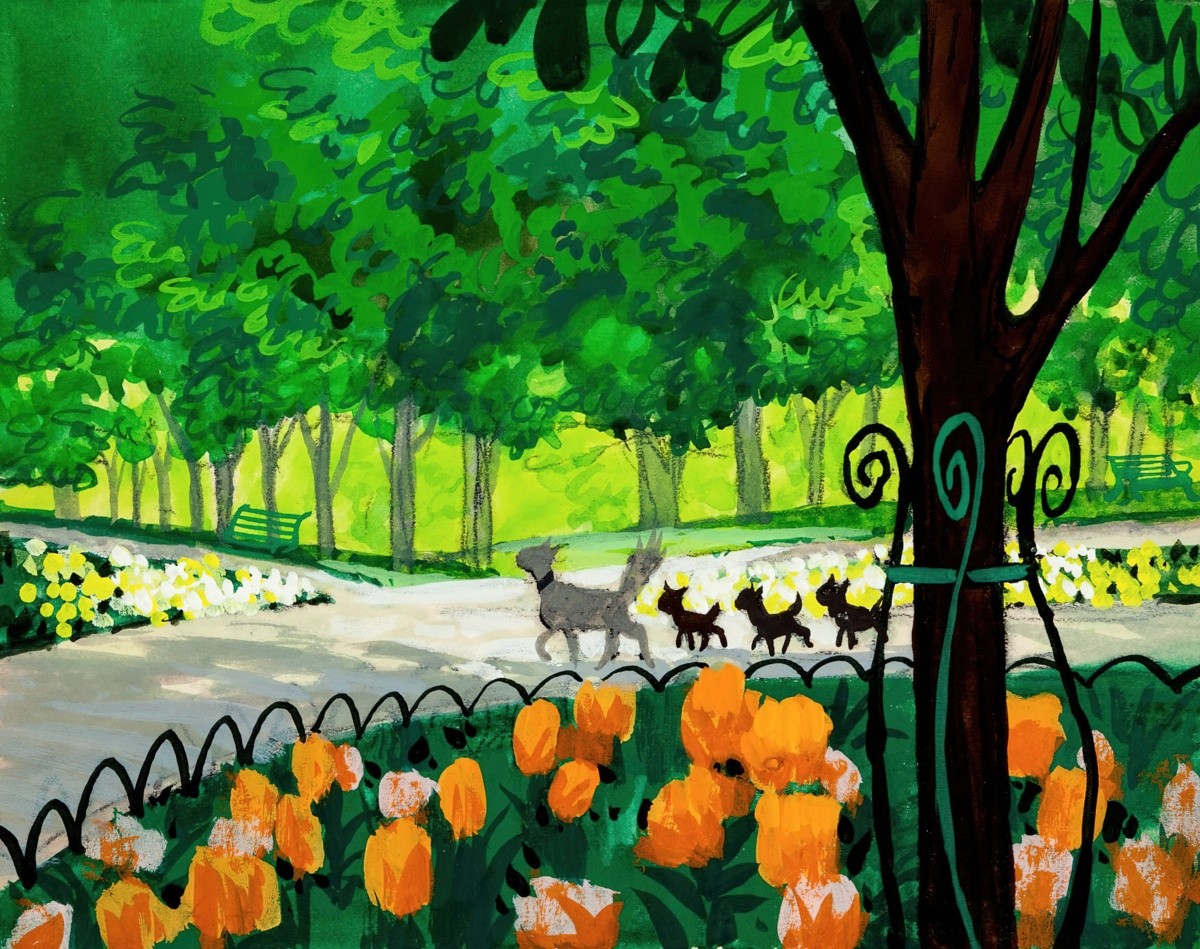
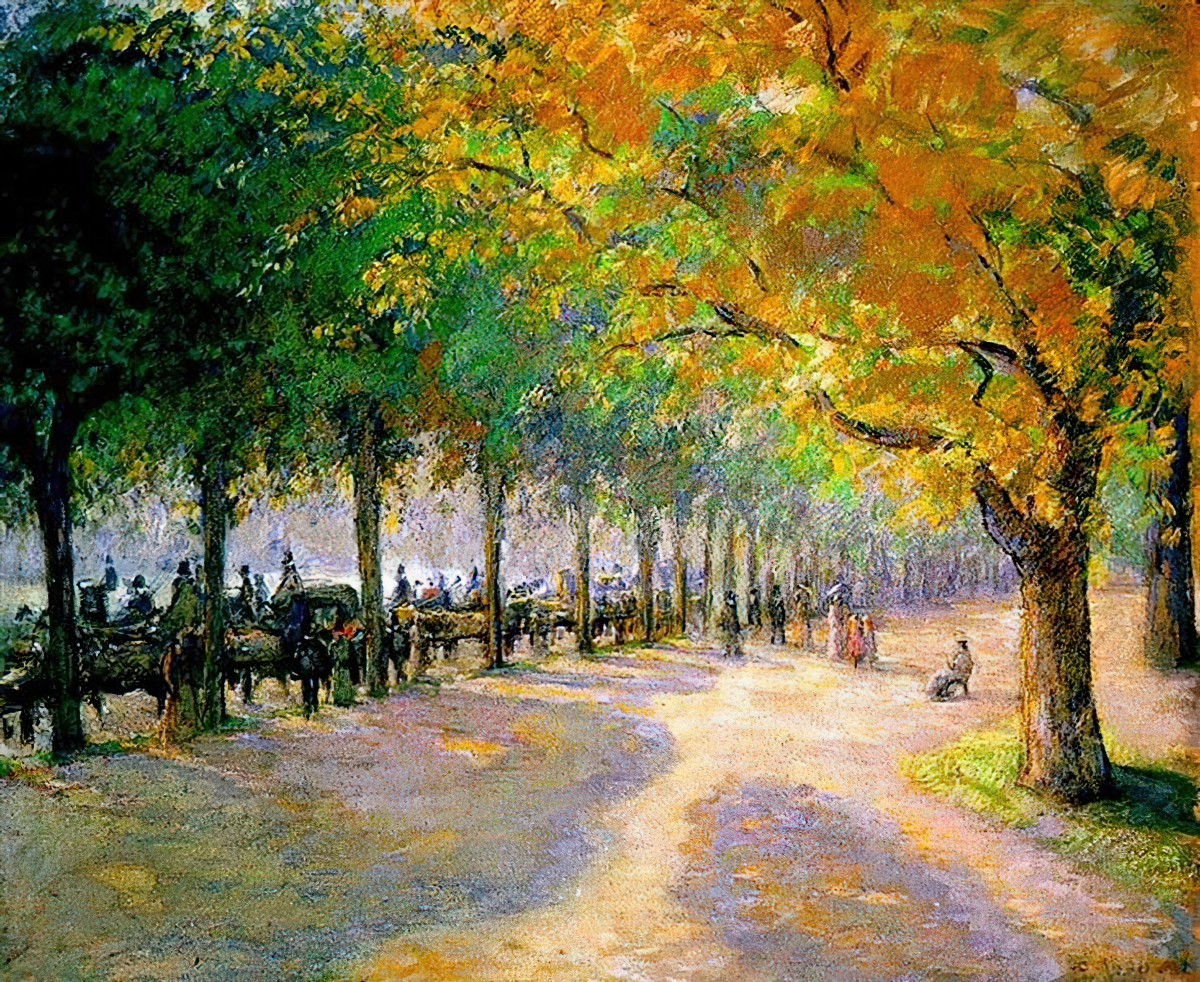
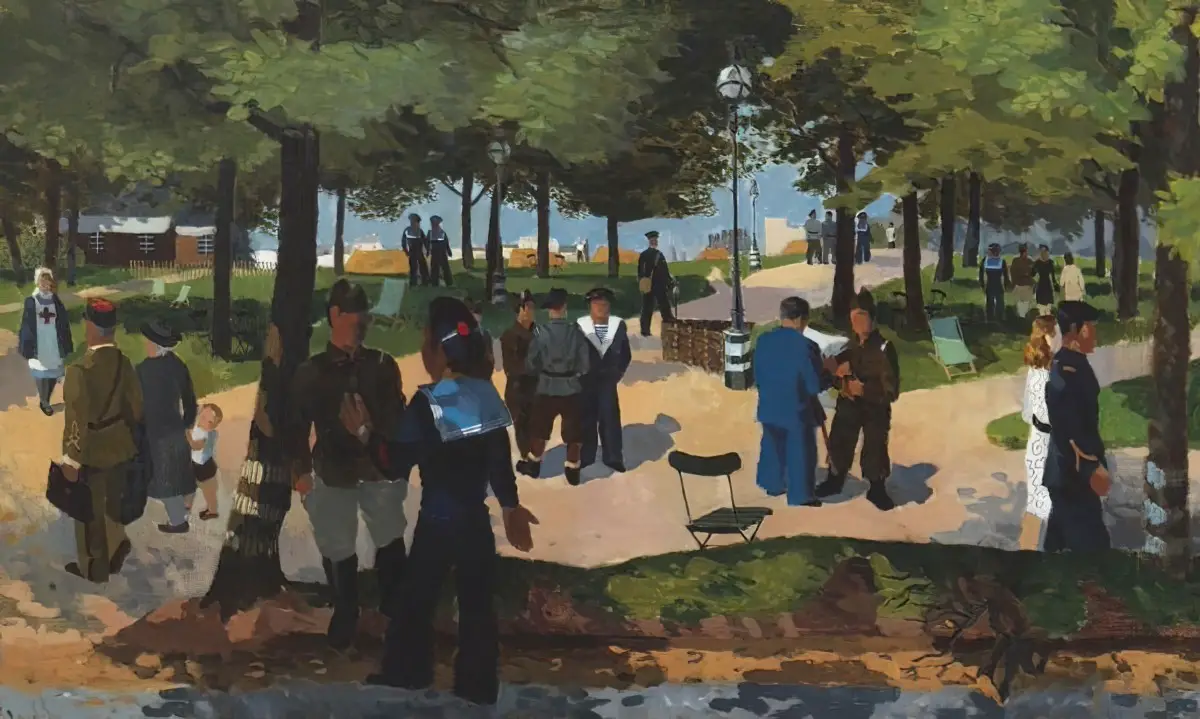
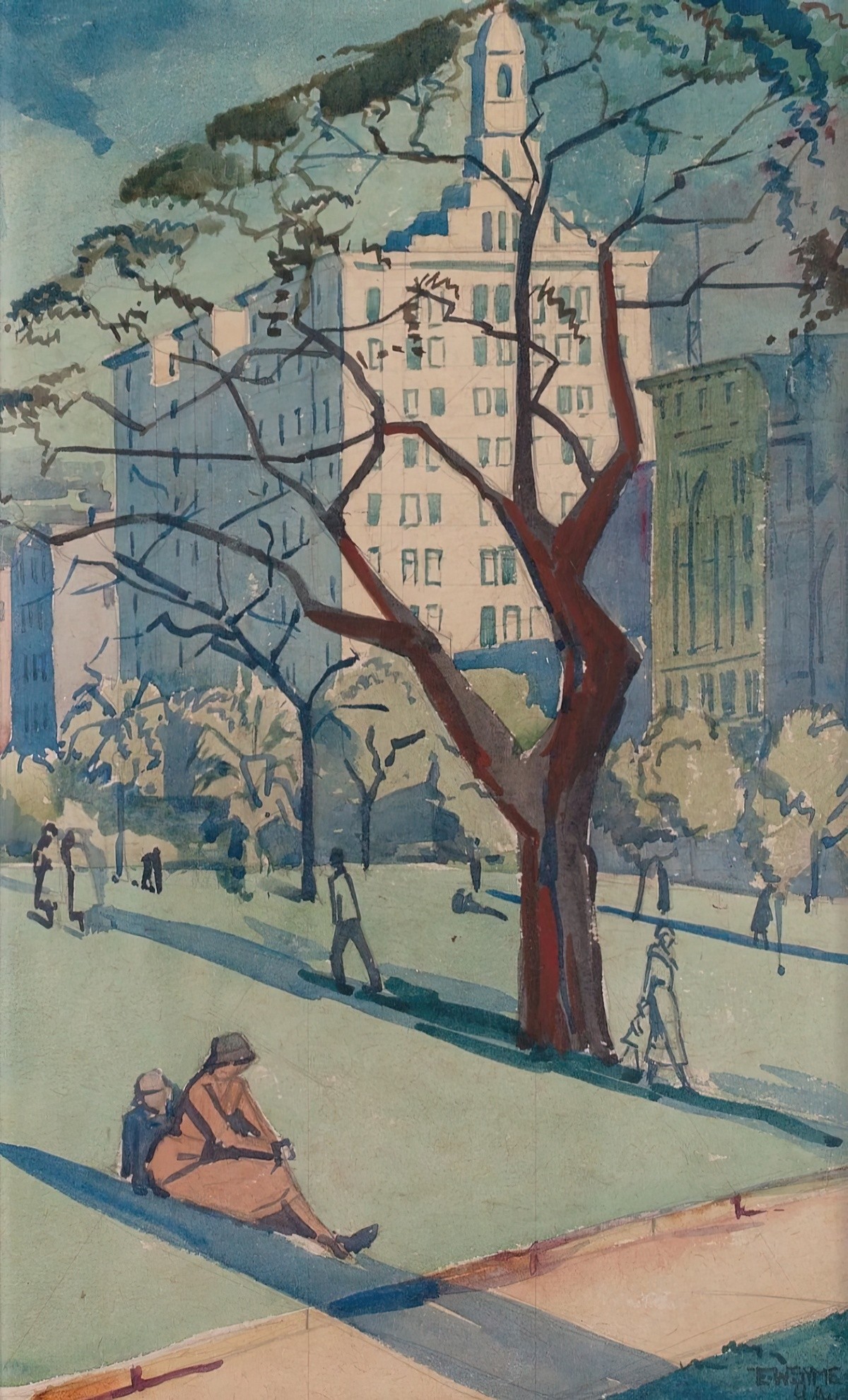
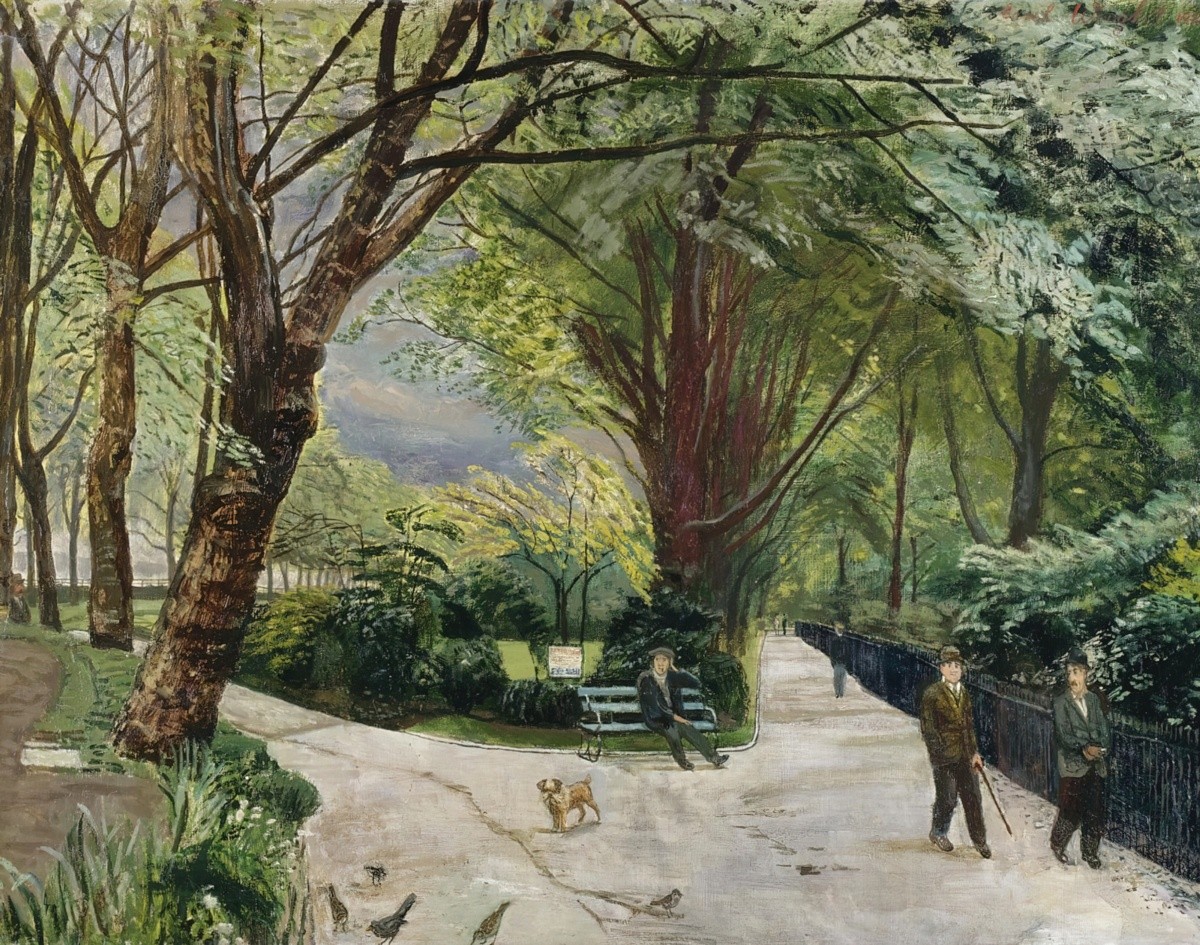
Spring. As the people leave the road for the grass their eyes become fixed and dreamy like the eyes of people wading in the warm sea. There are no daisies yet, but the sweet smell of the grass rises, rises in tiny waves the deeper they go. The trees are in full leaf. As far as one can see there are fans, hoops, tall rich plumes of various green. A light wind shakes them, blowing them together, blowing them free again; in the blue sky floats a cluster of tiny white clouds like a brood of ducklings. The people wander over the grass — the old ones inclined to puff and waddle after their long winter snooze; the young ones suddenly linking hands and making for that screen of trees in the hollow or the shelter of that clump of dark gorse tipped with yellow — walking very fast, almost running, as though they had heard some lovely little creature caught in the thicket crying to them to be saved.
On the top of a small green mound there is a very favourite bench. It has a young chestnut growing beside it, shaped like a mushroom. Below the earth has crumbled, fallen away, leaving three or four clayey hollows — caves — caverns — and in one of them two little people had set up house with a minute pickaxe, an empty match box, a blunted nail and a shovel for furniture.
Katherine Mansfield, “See Saw“
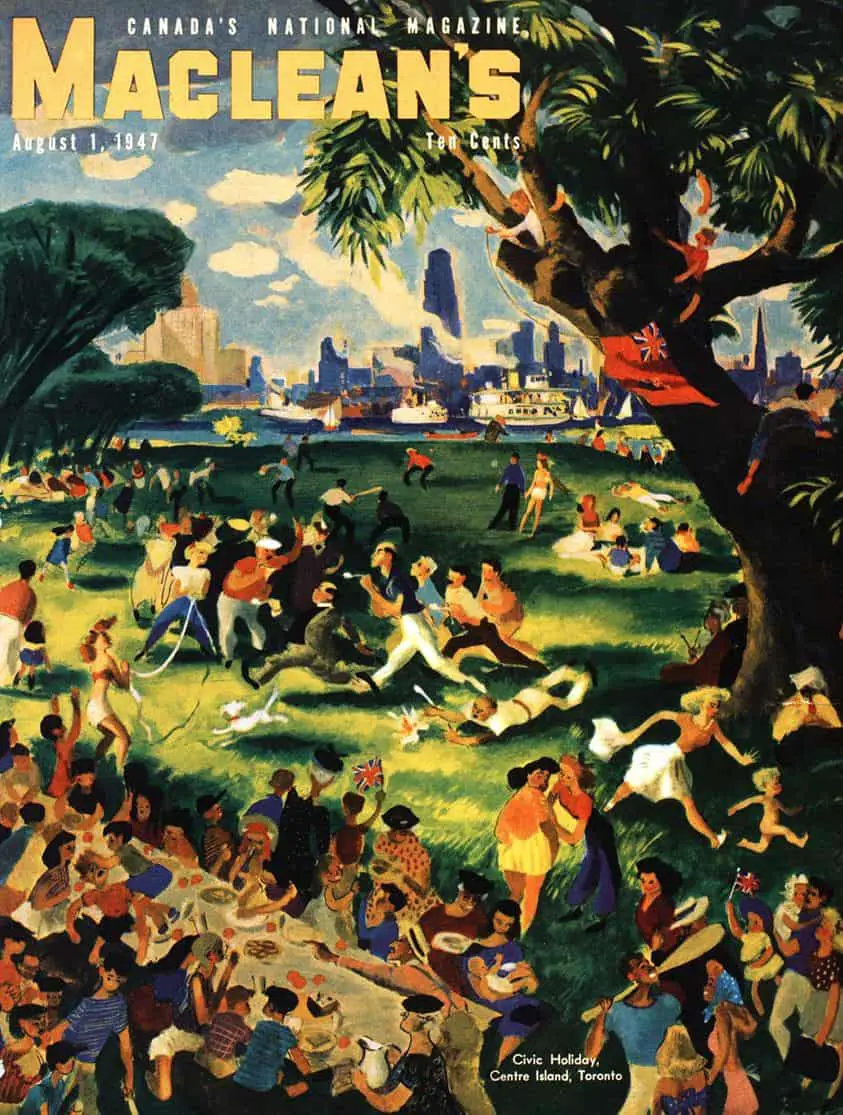
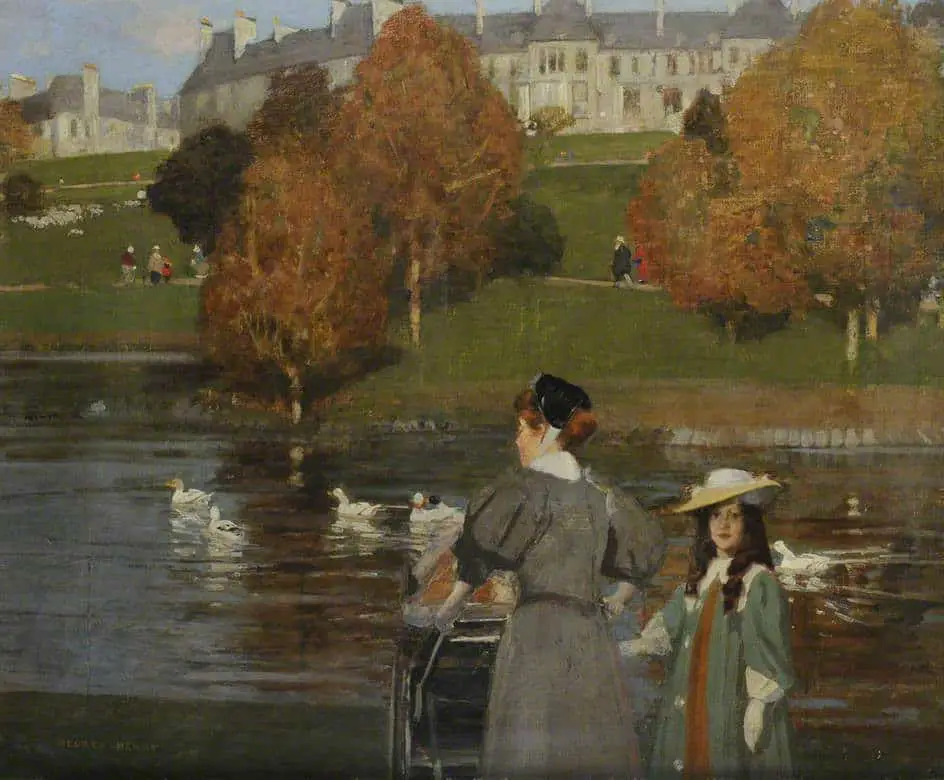
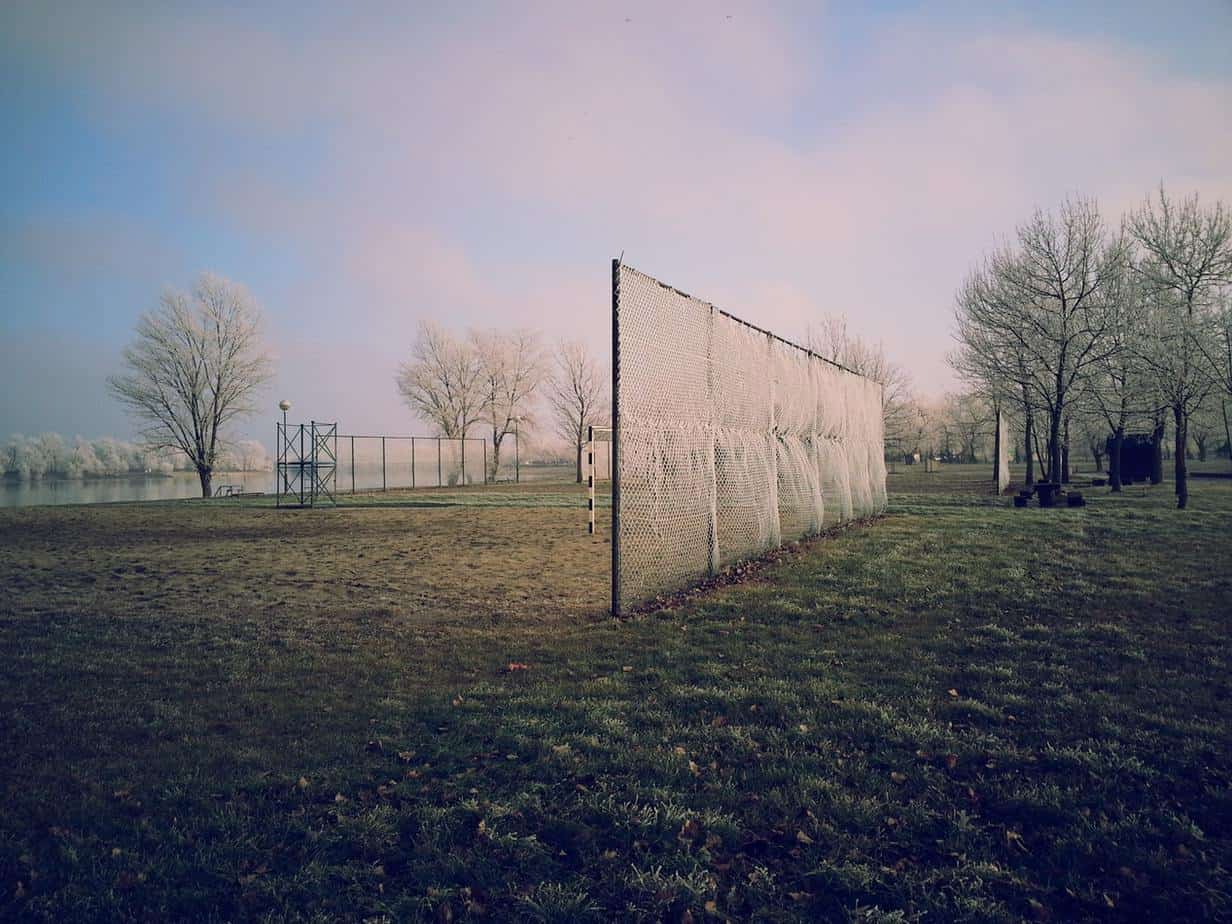
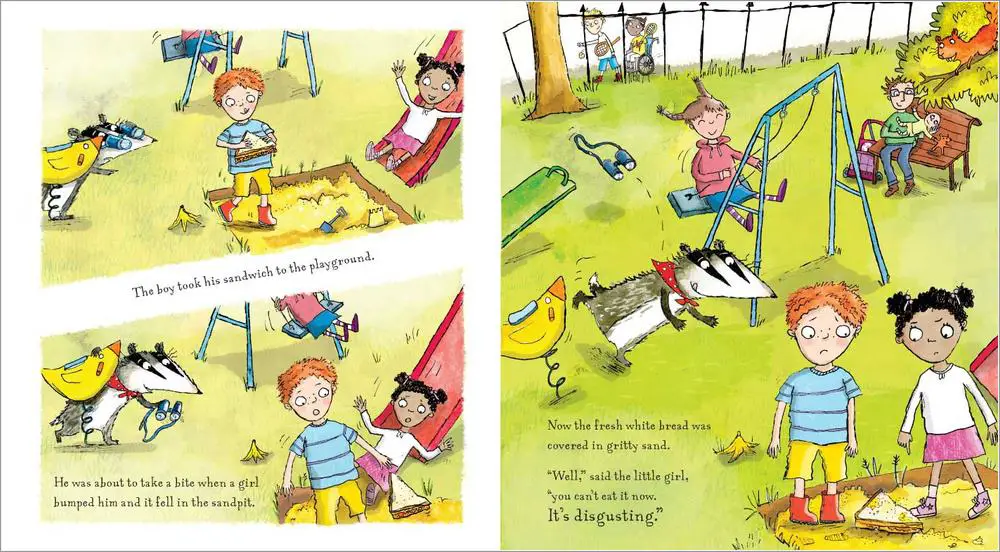
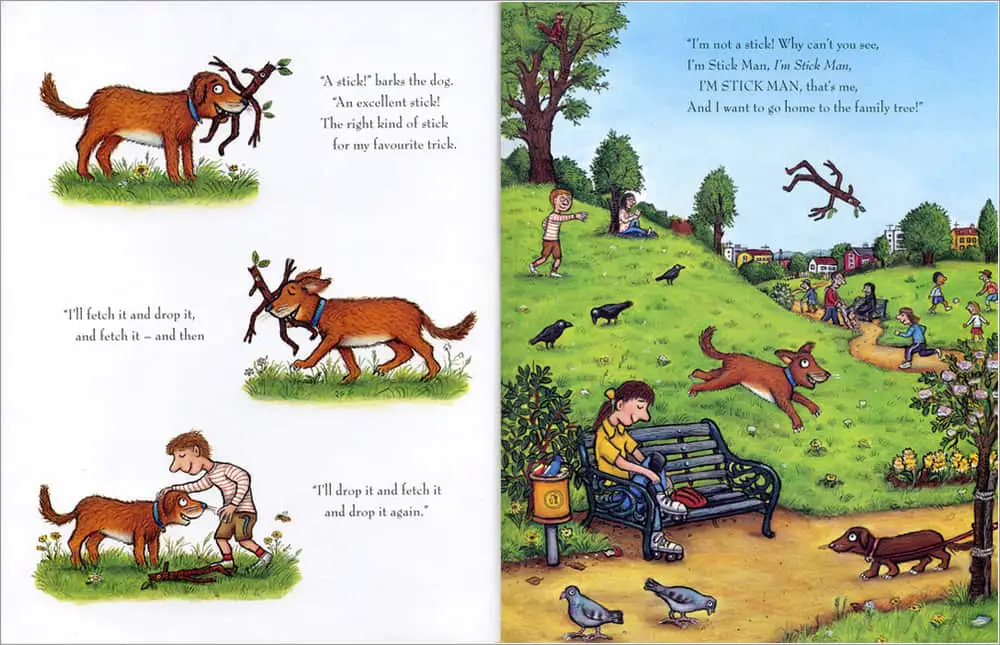
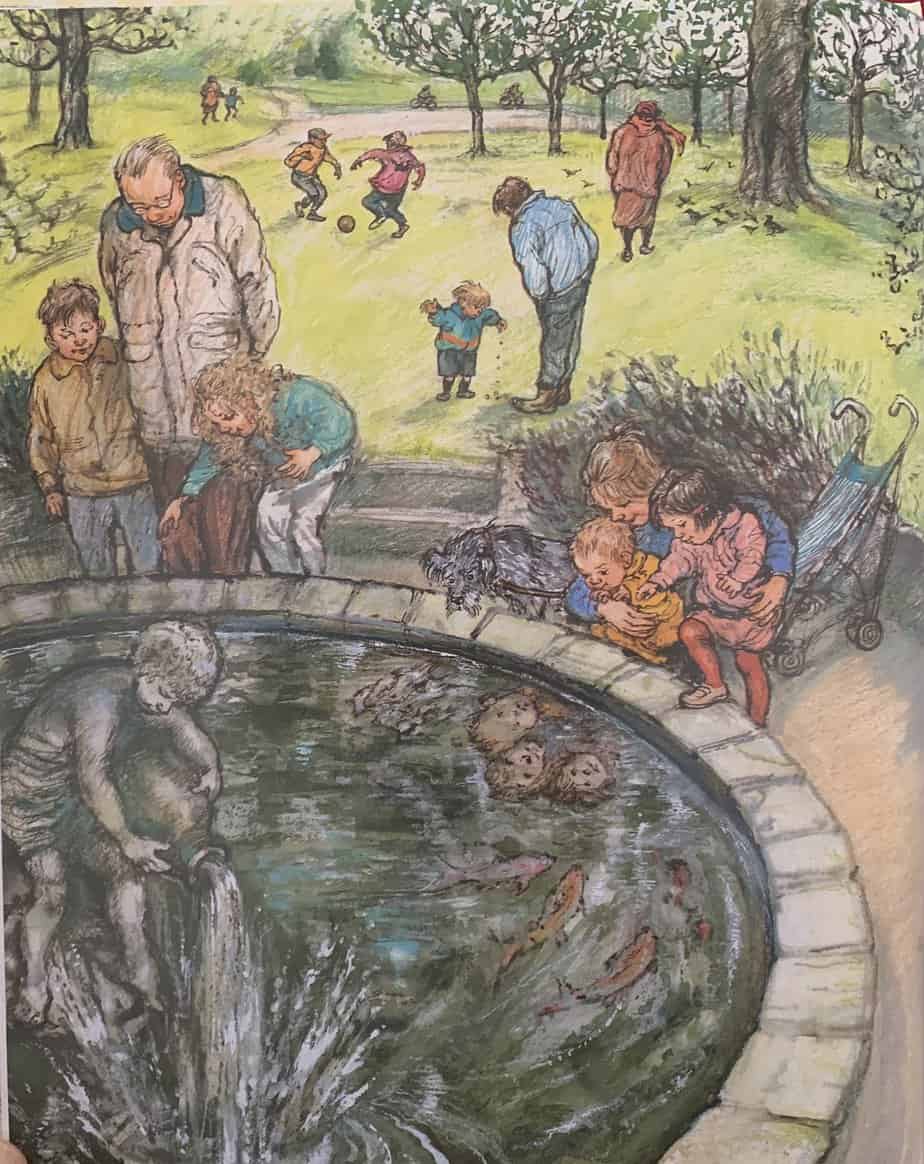
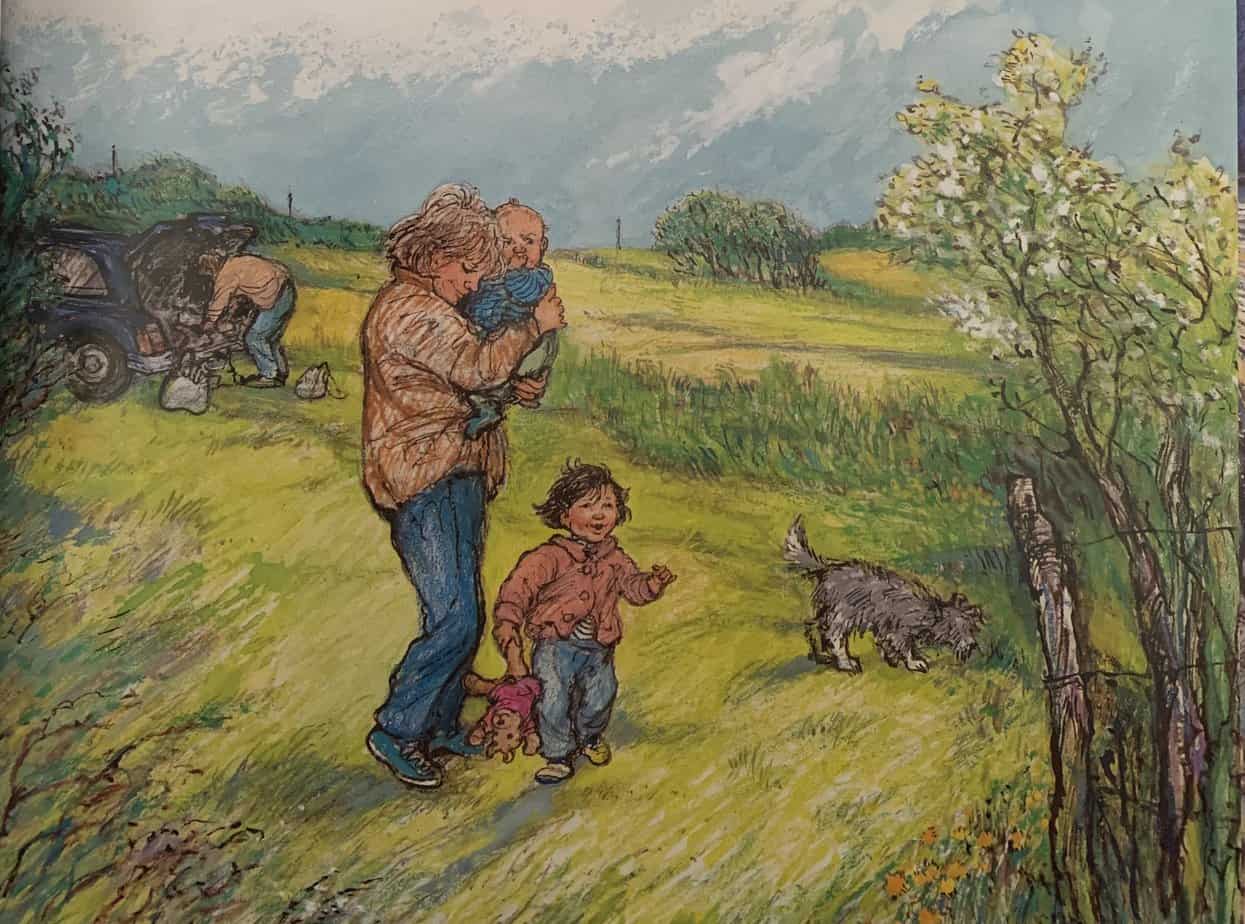
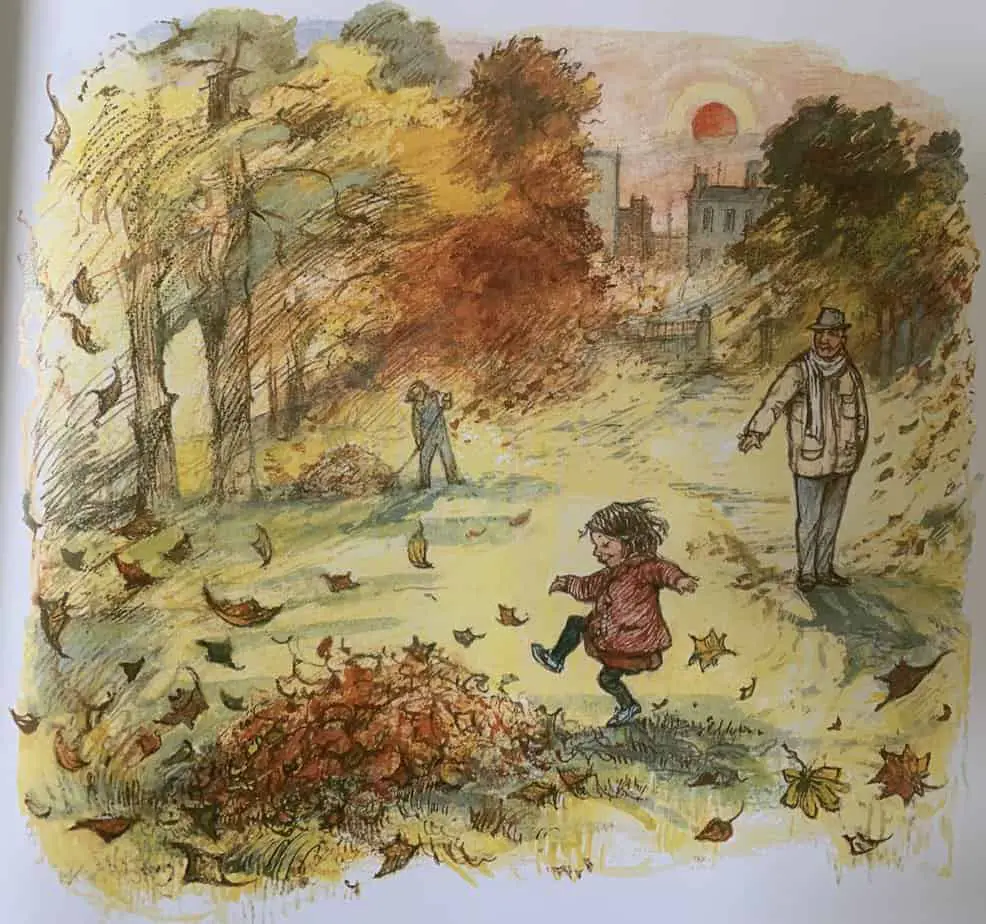
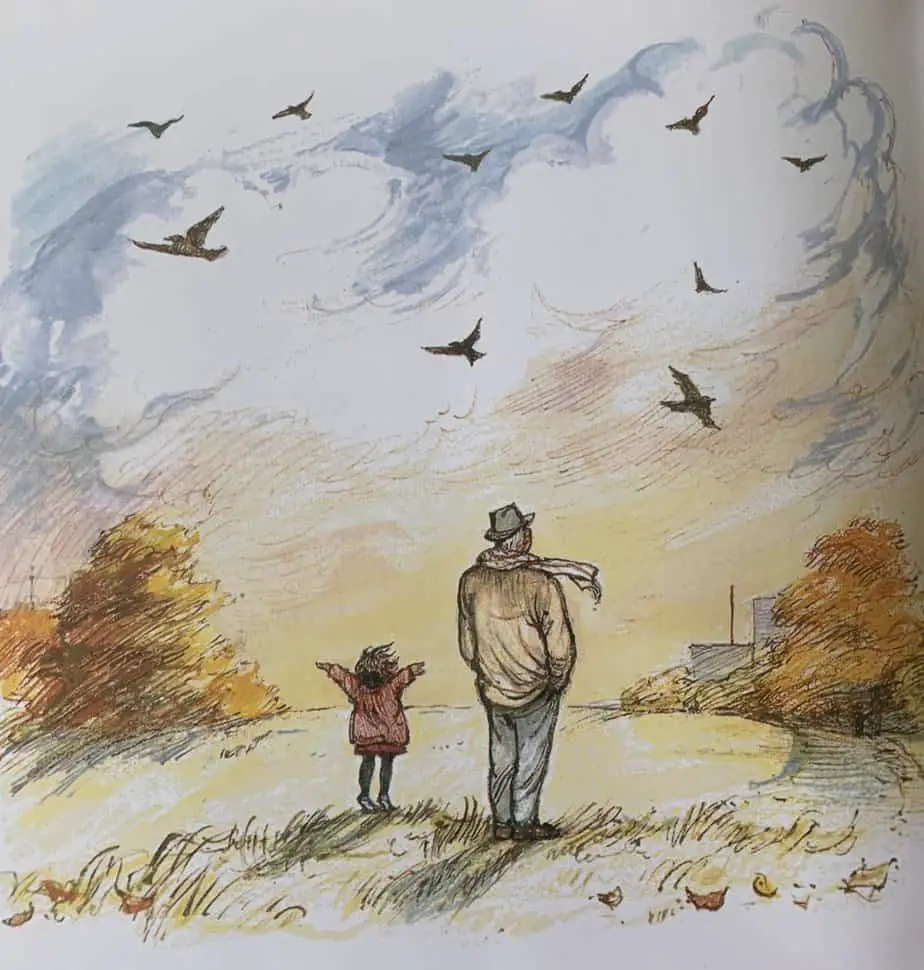
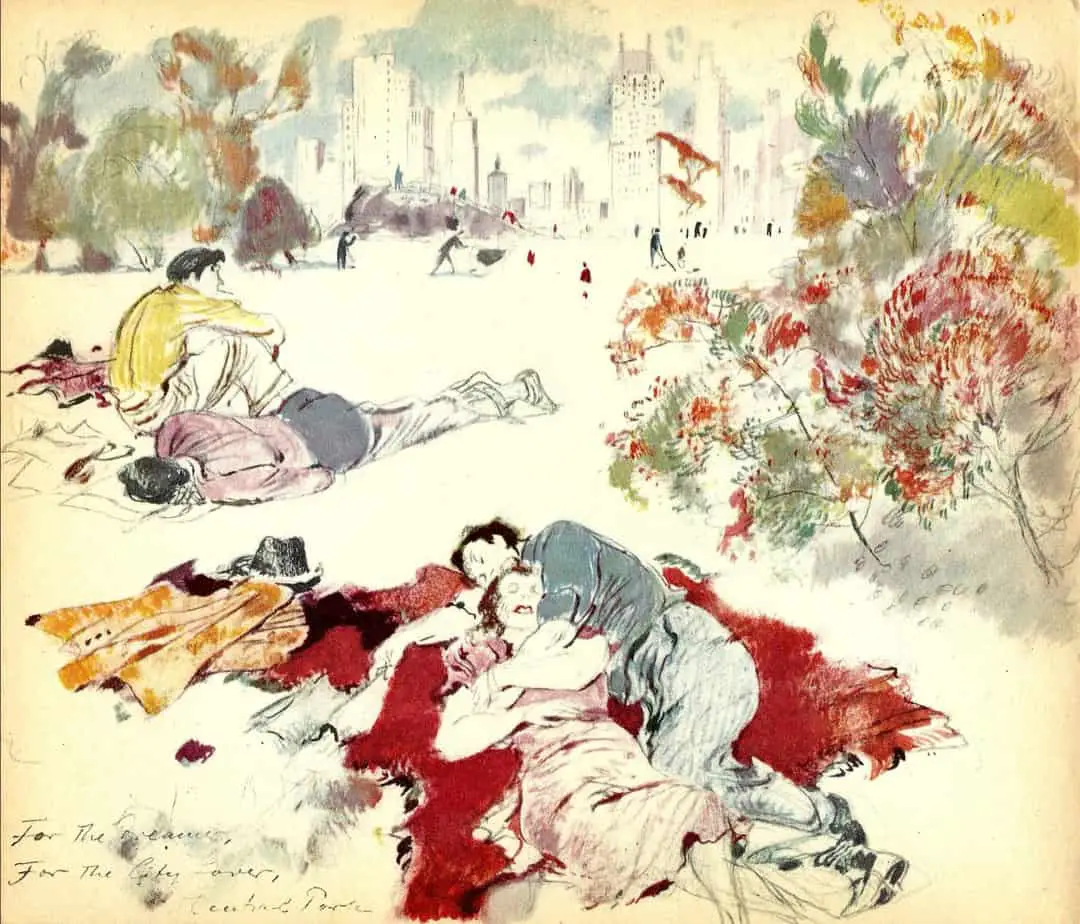
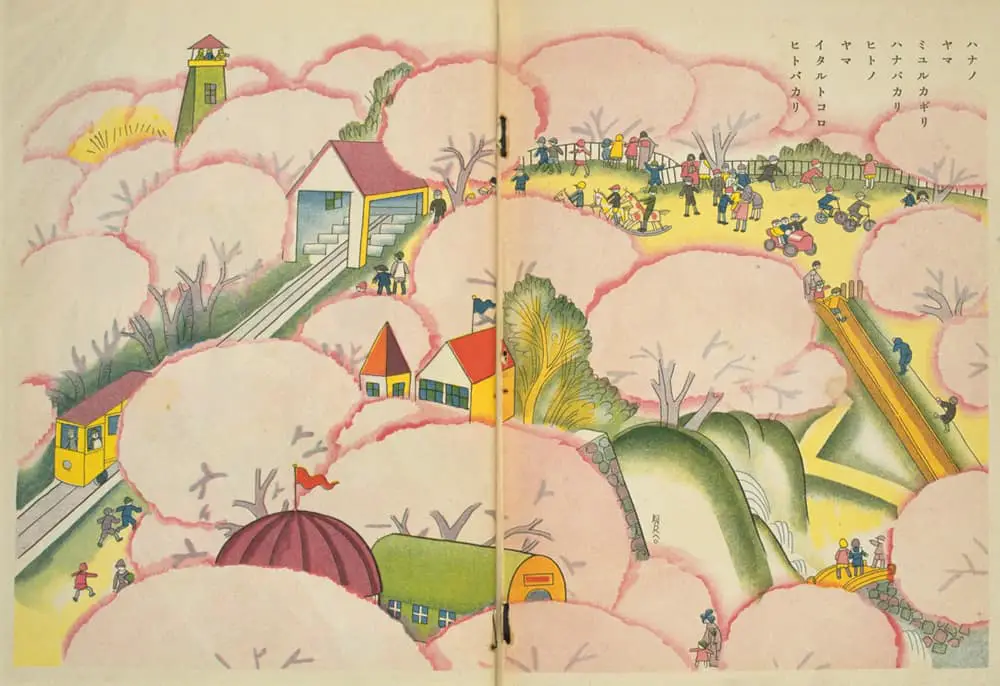
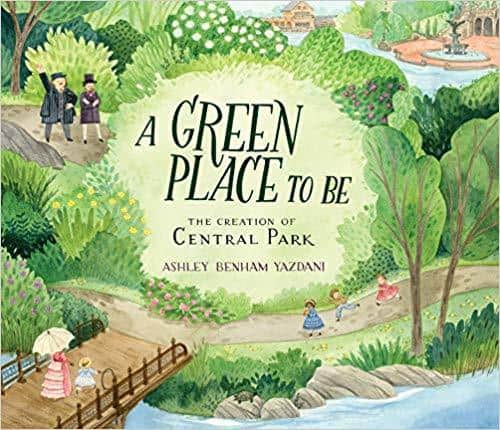
How did Central Park become a vibrant gem in the heart of New York City? Follow the visionaries behind the plan as it springs to green life.
In 1858, New York City was growing so fast that new roads and tall buildings threatened to swallow up the remaining open space. The people needed a green place to be — a park with ponds to row on and paths for wandering through trees and over bridges. When a citywide contest solicited plans for creating a park out of barren swampland, Calvert Vaux and Frederick Law Olmsted put their heads together to create the winning design, and the hard work of making their plans a reality began. By winter, the lake opened for skating. By the next summer, the waterside woodland known as the Ramble opened for all to enjoy.
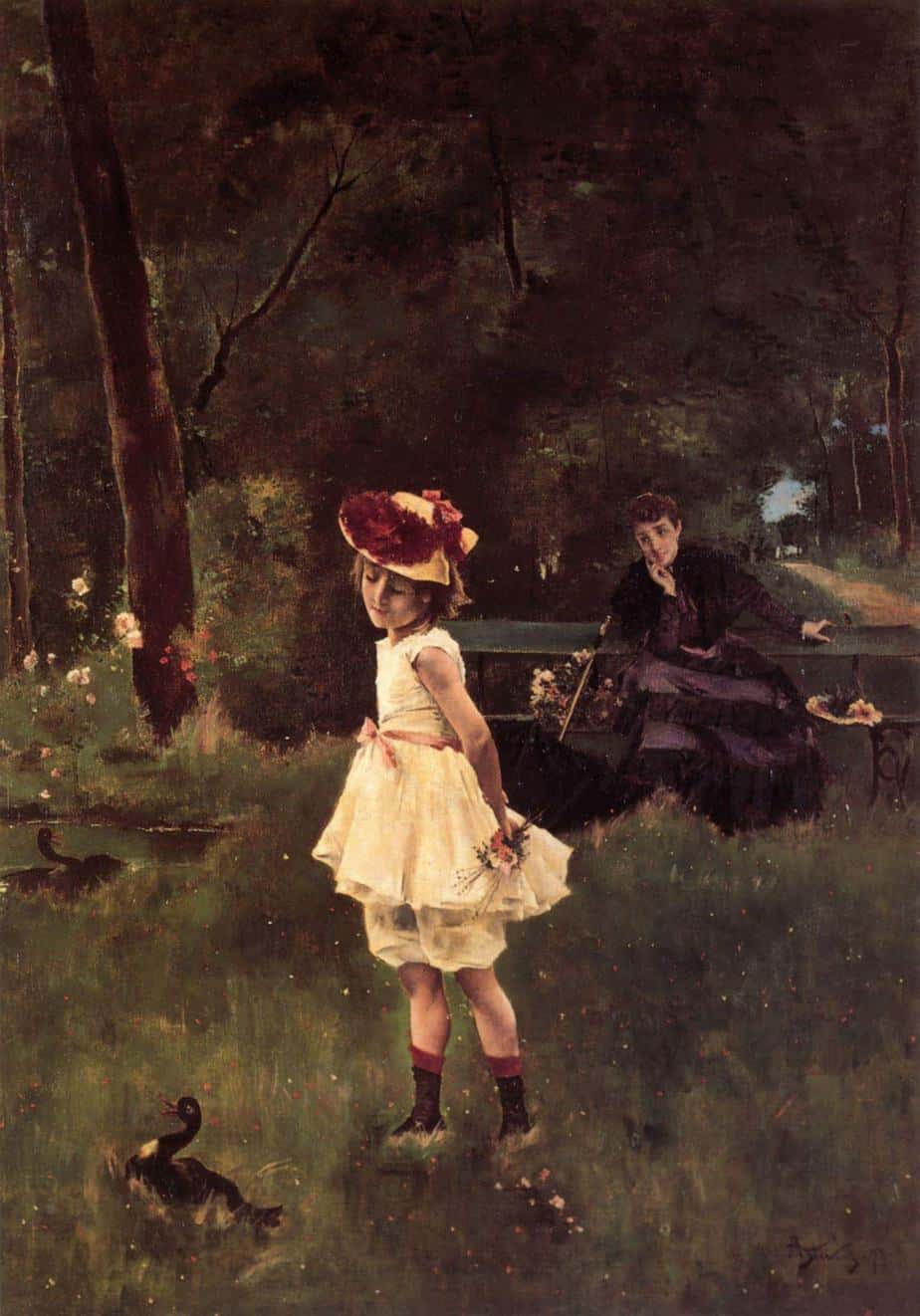
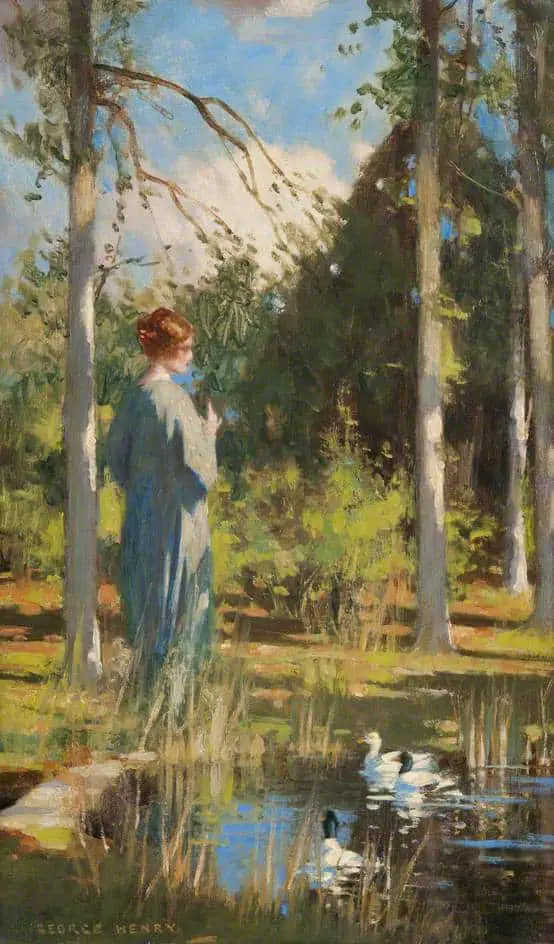
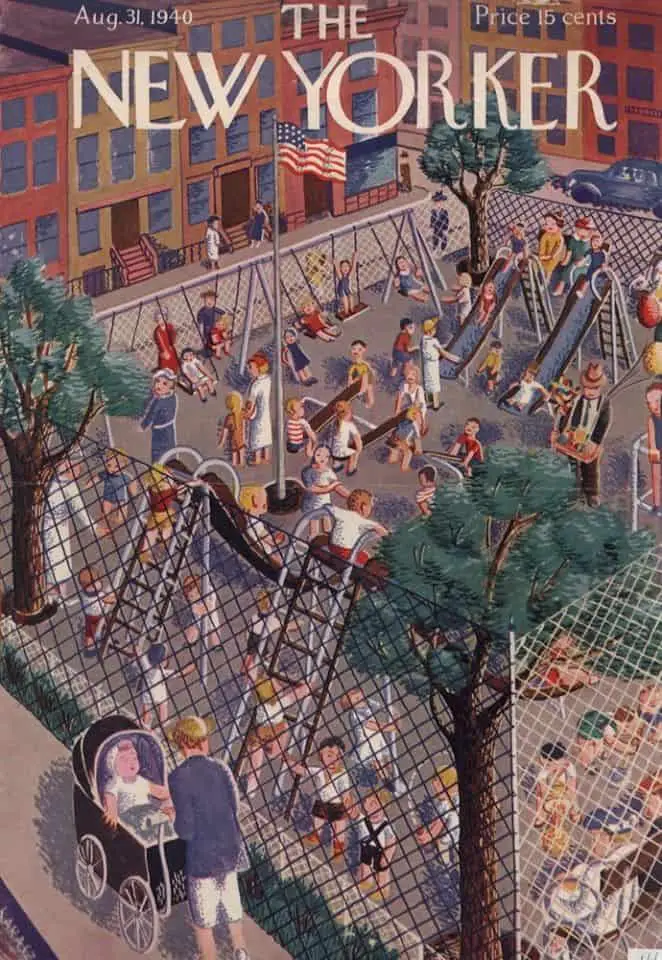
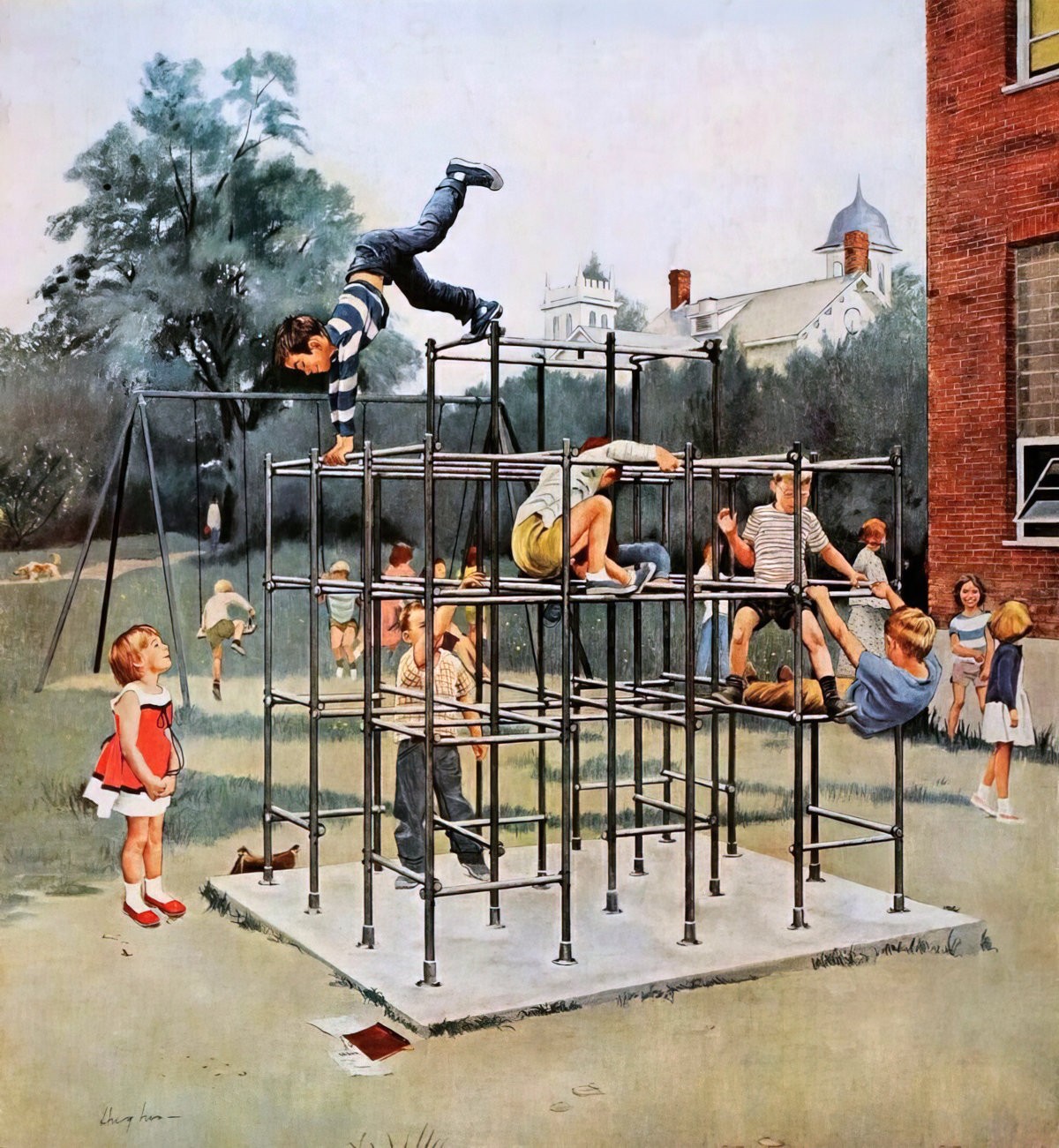
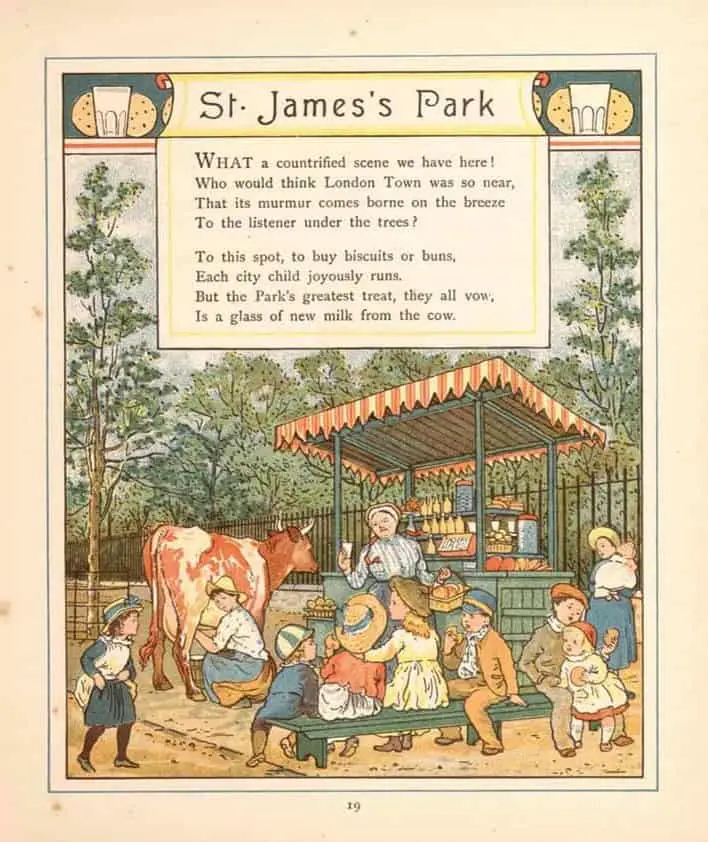
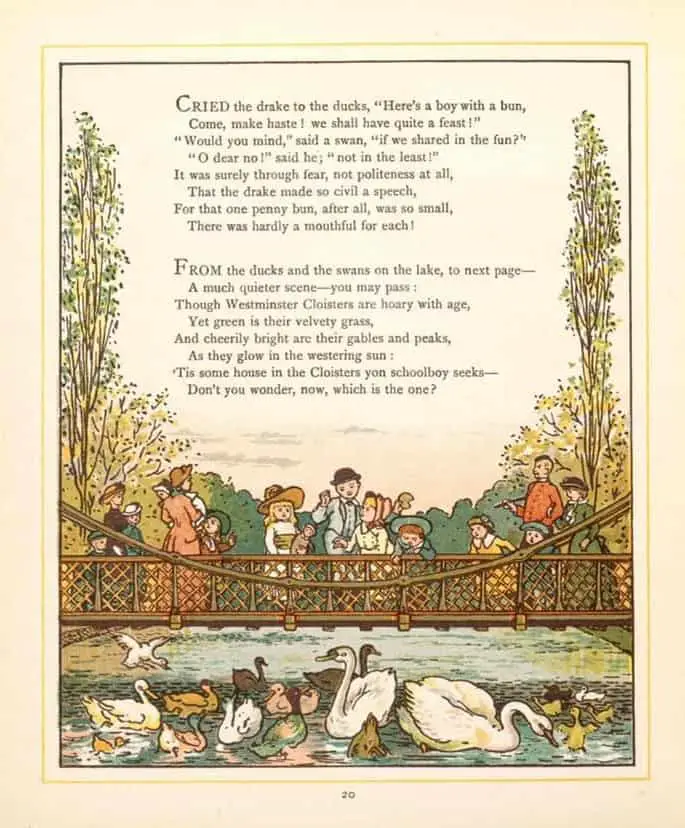
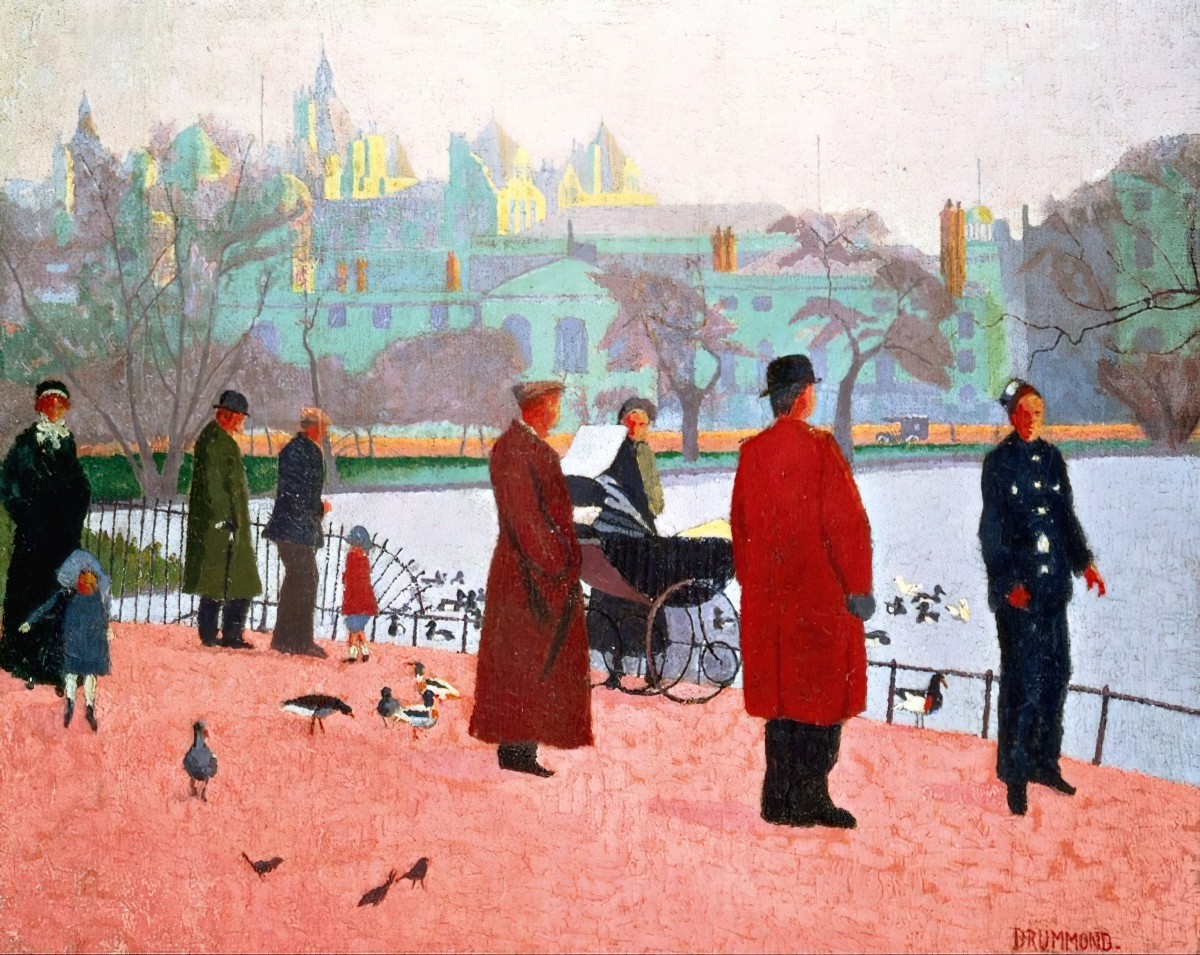
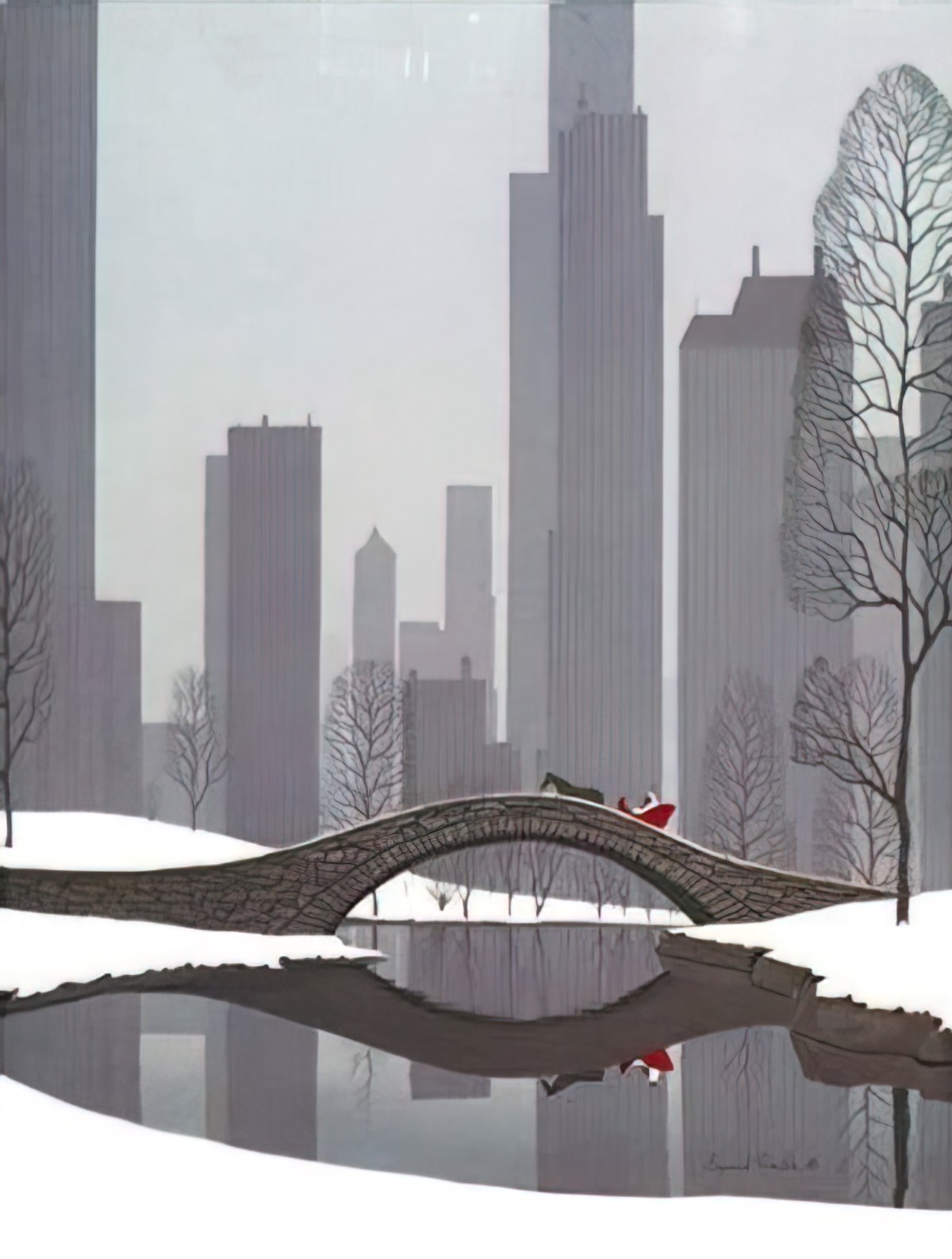
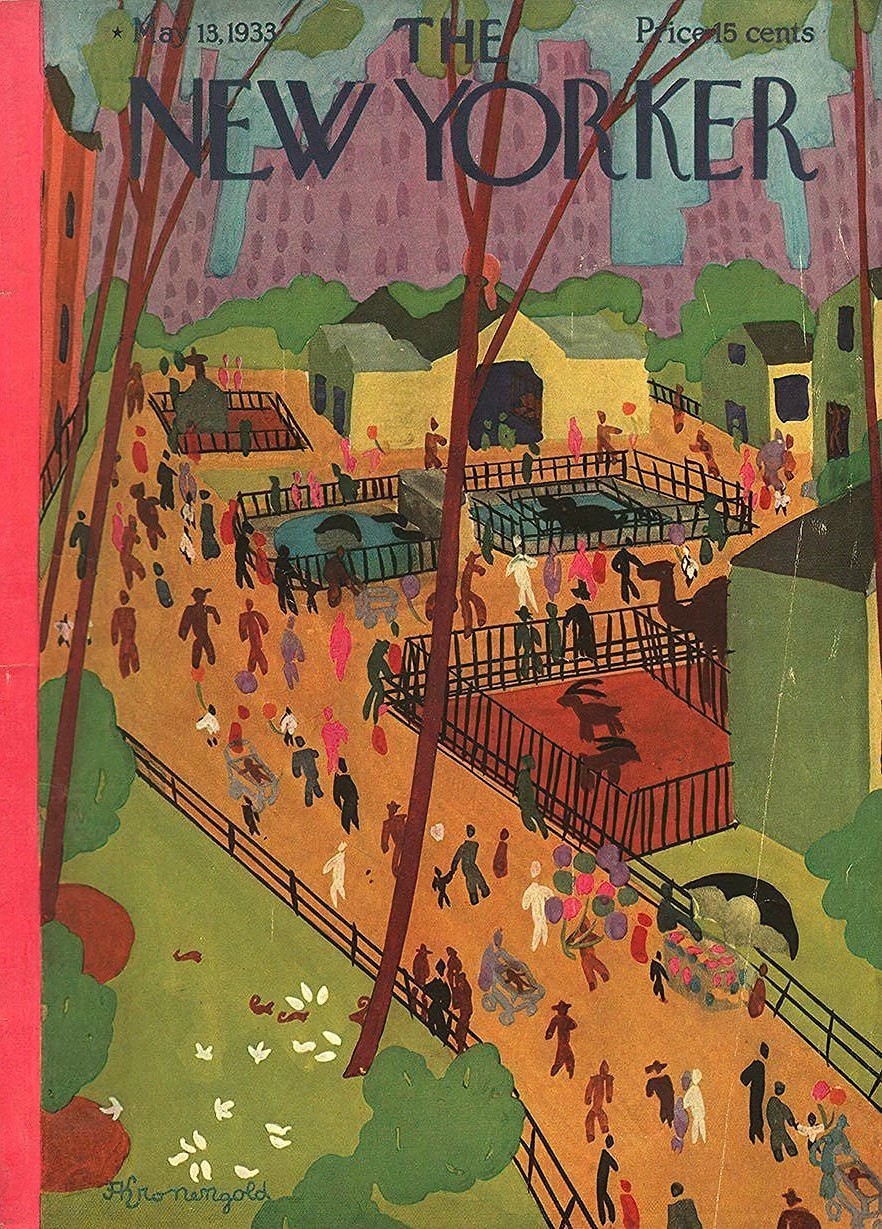
FURTHER READING
Parks and Recreation System Planning: A New Approach for Creating Sustainable, Resilient Communities
Parks and recreation systems have evolved in remarkable ways over the past two decades. No longer just playgrounds and ballfields, parks and open spaces have become recognized as essential green infrastructure with the potential to contribute to community resiliency and sustainability. To capitalize on this potential, the parks and recreation system planning process must evolve as well. In Parks and Recreation System Planning: A New Approach for Creating Sustainable, Resilient Communities (Island Press, 2020), David Barth provides a new, step-by-step approach to creating parks systems that generate greater economic, social, and environmental benefits.
Barth first advocates that parks and recreation systems should no longer be regarded as isolated facilities, but as elements of an integrated public realm. Each space should be designed to generate multiple community benefits. Next, he presents a new approach for parks and recreation planning that is integrated into community-wide issues. Chapters outline each step—evaluating existing systems, implementing a carefully crafted plan, and more—necessary for creating a successful, adaptable system. Throughout the book, he describes initiatives that are creating more resilient, sustainable, and engaging parks and recreation facilities, drawing from his experience consulting in more than 100 communities across the U.S.
Parks and Recreation System Planning meets the critical need to provide an up-to-date, comprehensive approach for planning parks and recreation systems across the country. This is essential reading for every parks and recreation professional, design professional, and public official who wants their community to thrive.
INTERVIEW AT NEW BOOKS NETWORK
Header illustration: Henry Nelson O’Neil – A Picnic
